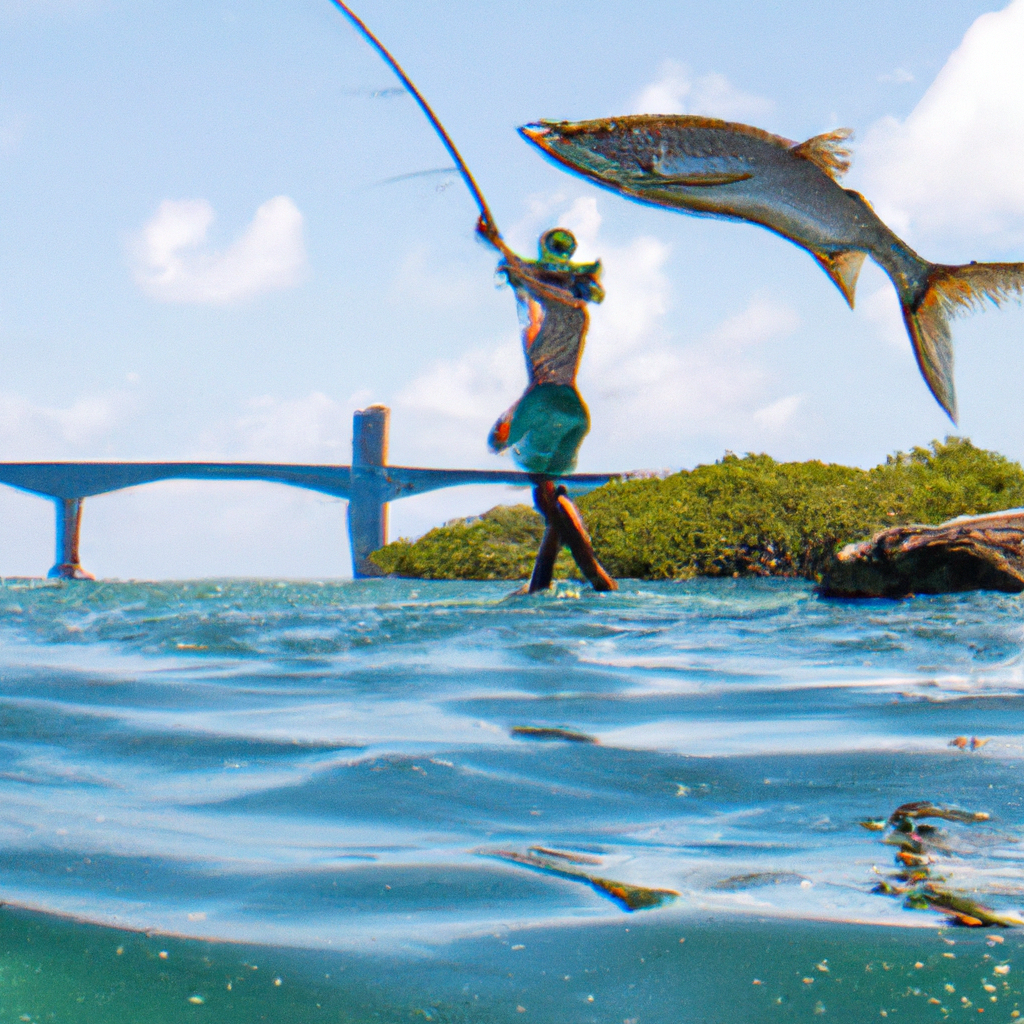Step right up, eager angler! Prepare to dive headfirst into the exhilarating world of tarpon fishing.
This article will be your guiding light, revealing the do’s and don’ts that will lead you to success on the water.
From gear and equipment to location and timing, we’ll cover it all.
So, grab your rod and reel, because it’s time to embark on a thrilling adventure.
You’ll learn the secrets to hooking, fighting, and landing these majestic creatures while respecting their natural habitat.
Gear and Equipment
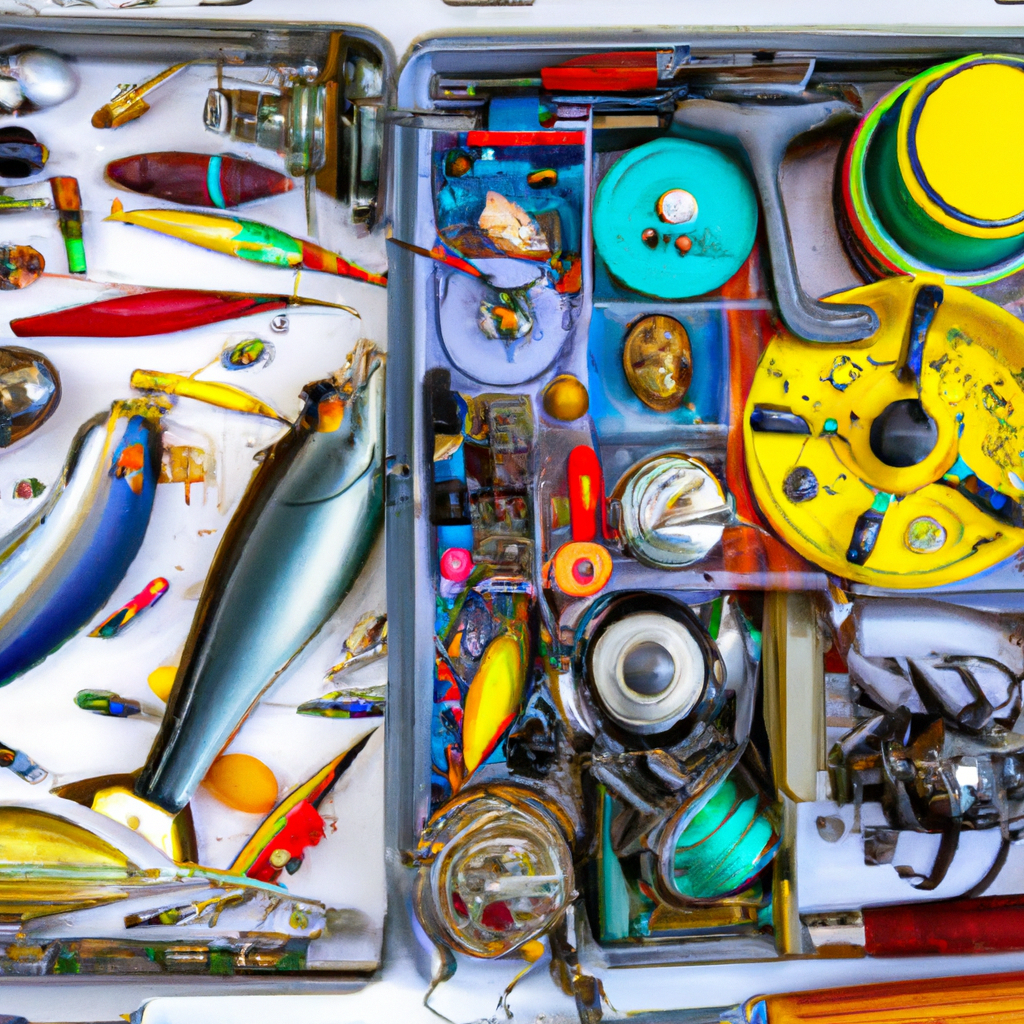
Are you wondering what gear and equipment you need for tarpon fishing? Well, look no further. When it comes to tarpon fishing, having the right gear can make all the difference.
The best rods for tarpon fishing are typically heavy-duty and designed to handle the weight and power of these mighty fish. Look for rods that are at least 7 to 8 feet long and have a medium-heavy to heavy power rating.
As for reels, you’ll want something that can hold a substantial amount of line and has a high line retrieval rate. Spinning reels or conventional reels with a high gear ratio are commonly used for tarpon fishing.
Location and Timing
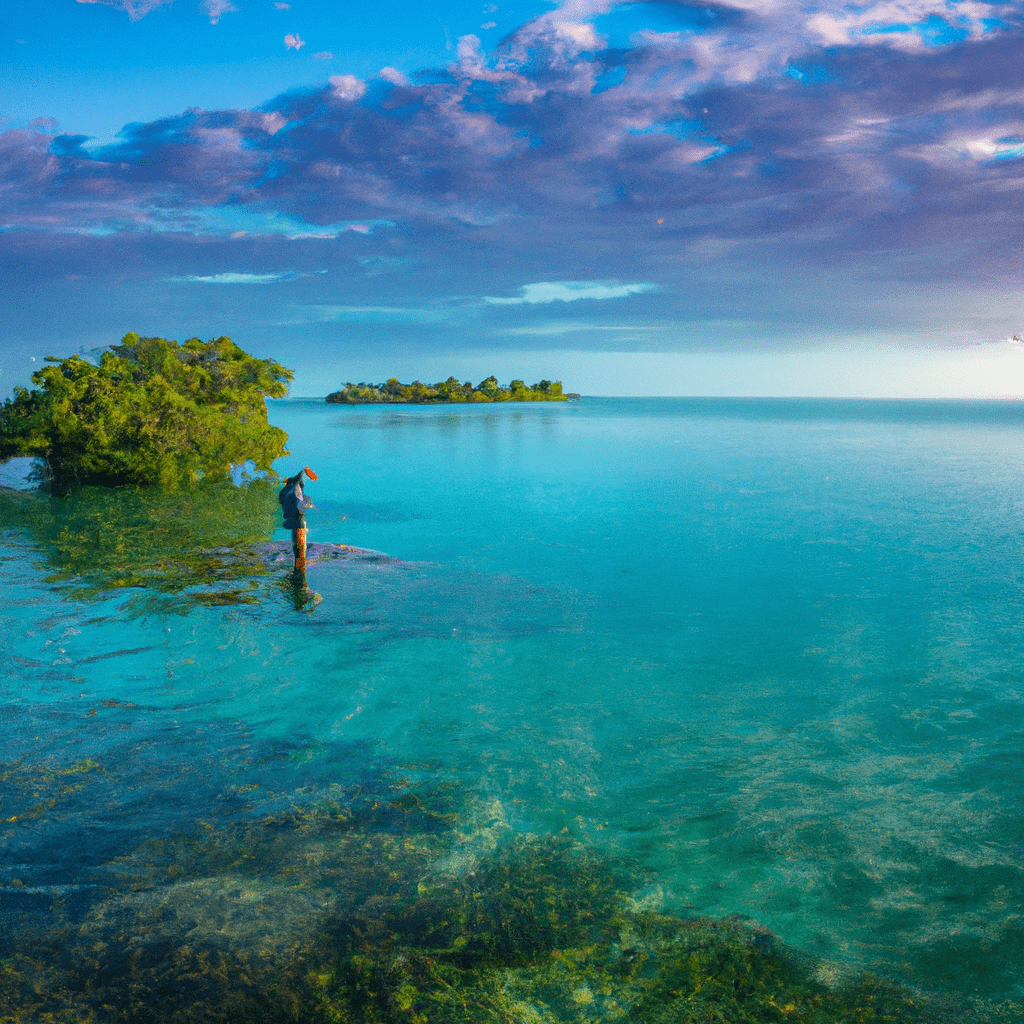
To increase your chances of catching tarpon, you should carefully consider the location and timing of your fishing trips. Tarpon can be found in various habitats, but some spots are known to be the best for targeting these majestic fish.
Look for areas with clear, shallow waters such as flats, channels, and estuaries. These areas provide the ideal conditions for tarpon to feed and can increase your chances of success.
Additionally, timing is crucial when it comes to tarpon fishing. The optimal season for targeting these fish is typically during the spring and summer months when they migrate to warmer waters. Plan your fishing trips accordingly to maximize your chances of hooking into a trophy-sized tarpon.
Bait and Lure Selection
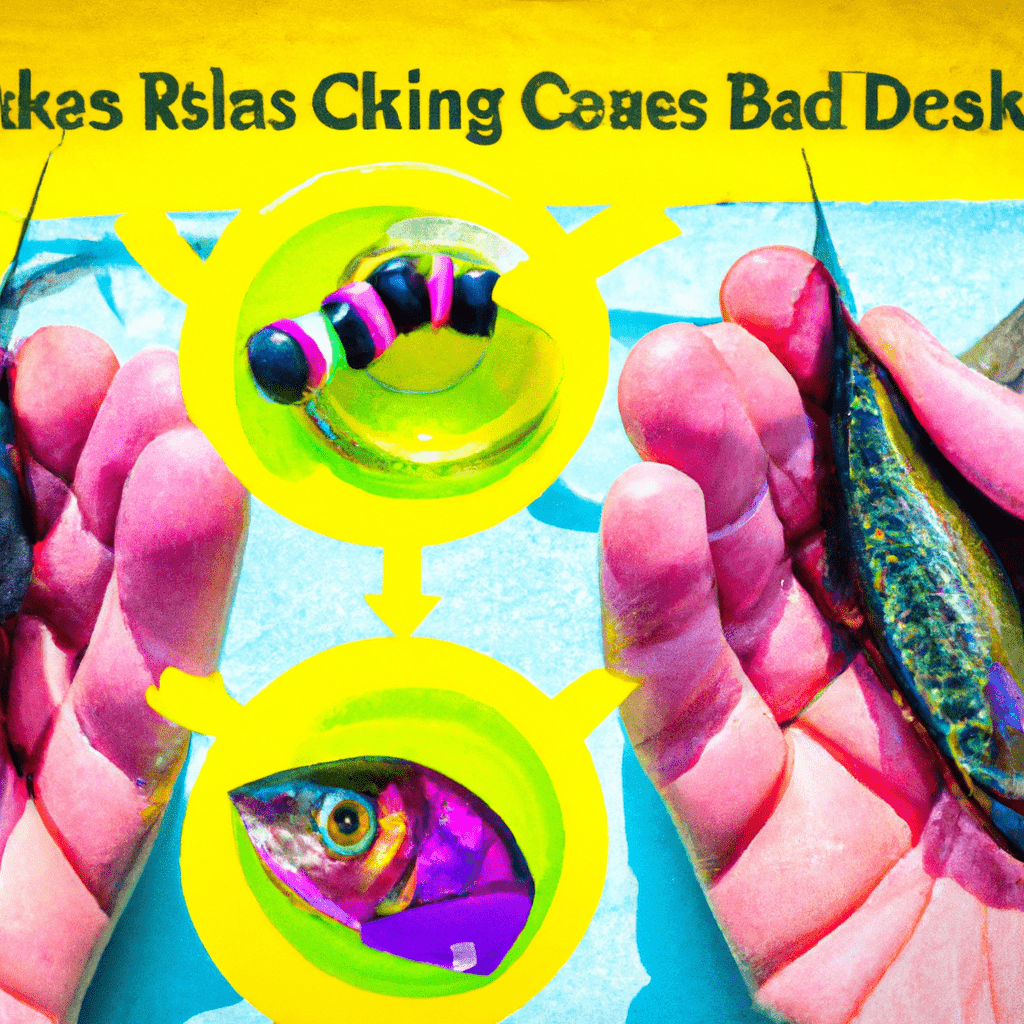
When selecting bait and lures for tarpon fishing, it’s important to consider their effectiveness and suitability for the specific fishing conditions. Live bait and artificial lures are both popular choices among anglers. Live bait, such as mullet, crab, or shrimp, can be highly effective as tarpon are known to be opportunistic feeders. The movement and scent of live bait can attract tarpon and entice them to strike. On the other hand, artificial lures can provide anglers with more versatility and control. Popular artificial lures for tarpon fishing include soft plastic jigs, swimbaits, and topwater plugs. These lures mimic the appearance and movement of natural prey and can be effective in enticing tarpon to strike. Ultimately, the choice between live bait and artificial lures depends on personal preference and the fishing conditions.
| Live Bait | Artificial Lures |
|---|---|
| Mullet | Soft Plastic Jigs |
| Crab | Swimbaits |
| Shrimp | Topwater Plugs |
Fighting and Landing Techniques

You can use a combination of strength and agility, but also patience and finesse, when fighting and landing a tarpon. Tarpon are known for their acrobatic jumps and powerful runs, so it’s important to be prepared for their strength and speed. Here are some tips to help you successfully fight and land a tarpon:
- Release Techniques
- Use barbless hooks to minimize damage to the fish.
- Avoid using gaffs or nets, as they can harm the tarpon’s sensitive scales and fins.
- Handling Etiquette
- Wet your hands before touching the tarpon to reduce the risk of removing their protective slime.
- Support the fish horizontally and avoid squeezing or putting excessive pressure on their body.
Conservation and Ethical Practices
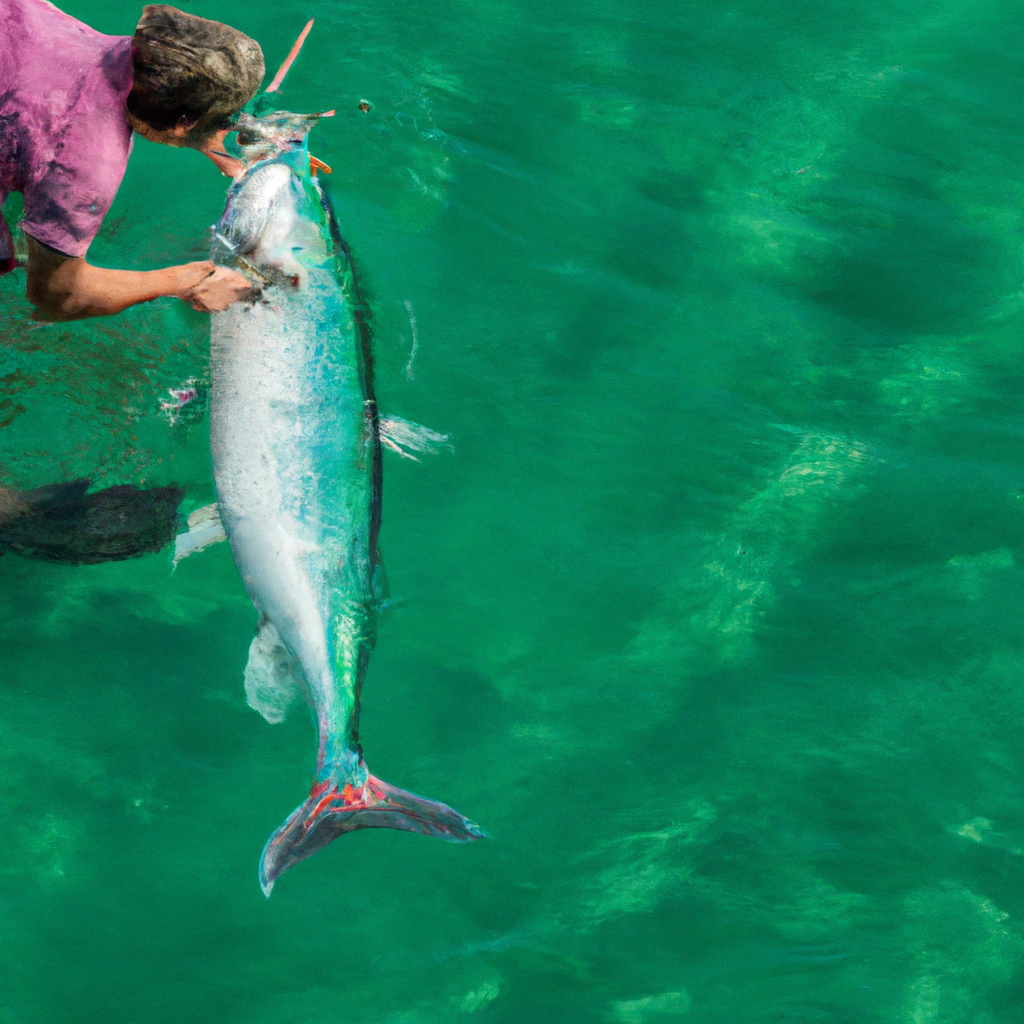
One important aspect of tarpon fishing is understanding the conservation principles and ethical practices associated with the sport. Catch and release is a key concept in tarpon fishing, as it helps preserve the population of these magnificent fish. When practicing catch and release, it’s important to handle the tarpon with care, minimizing stress and damage to the fish.
Sustainable fishing practices are also crucial for the long-term health of the tarpon population. This includes using non-offset circle hooks, which reduce the chance of deep hooking and increase the likelihood of a successful release. Additionally, using barbless hooks can make it easier to remove the hook without causing unnecessary harm to the tarpon.
Frequently Asked Questions
Are There Any Specific Regulations or Permits Required for Tarpon Fishing?
To go tarpon fishing, you’ll need to be aware of the specific regulations and permits. Make sure you understand the legal requirements and restrictions, and go through the permit process to obtain the necessary fishing permits.
What Are Some Common Mistakes That Beginners Make When Tarpon Fishing?
When tarpon fishing, beginners often make common mistakes. They might forget to check their gear, cast too aggressively, or not be patient enough. Remember, “slow and steady wins the race” in tarpon fishing!
How Long Does It Typically Take to Land a Tarpon?
On average, it takes about 30 minutes to land a tarpon. To land one faster, use proper technique such as keeping a tight line, applying steady pressure, and avoiding sudden movements.
Are There Any Specific Weather Conditions That Are Ideal for Tarpon Fishing?
In order to have the best chance at a successful tarpon fishing trip, it is important to consider the ideal weather conditions. This includes factors such as temperature, wind direction, and tidal patterns. Additionally, knowing the best locations for tarpon fishing can greatly increase your chances of a successful outing.
Can You Fish for Tarpon at Night, or Is It Strictly a Daytime Activity?
You can fish for tarpon at night, but it’s not as common as daytime fishing. Daytime offers better visibility and a higher chance of spotting tarpon. However, nighttime fishing can be exciting and rewarding if you’re up for the challenge.

